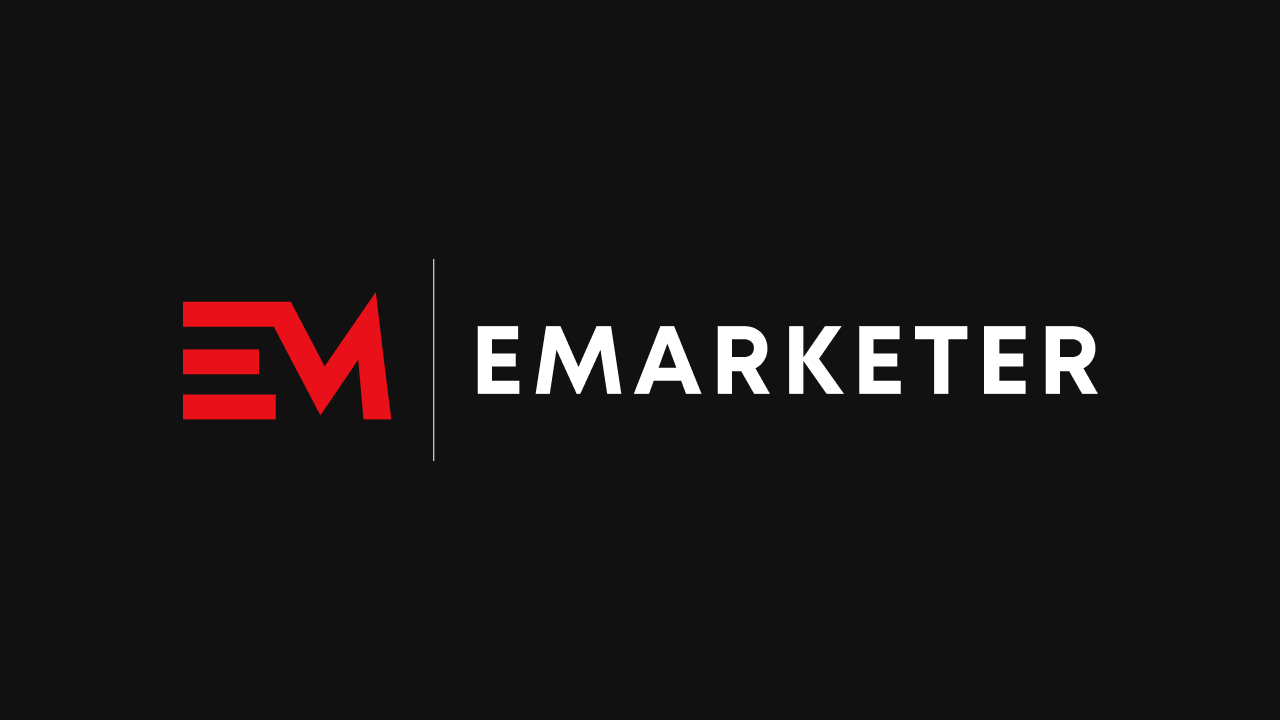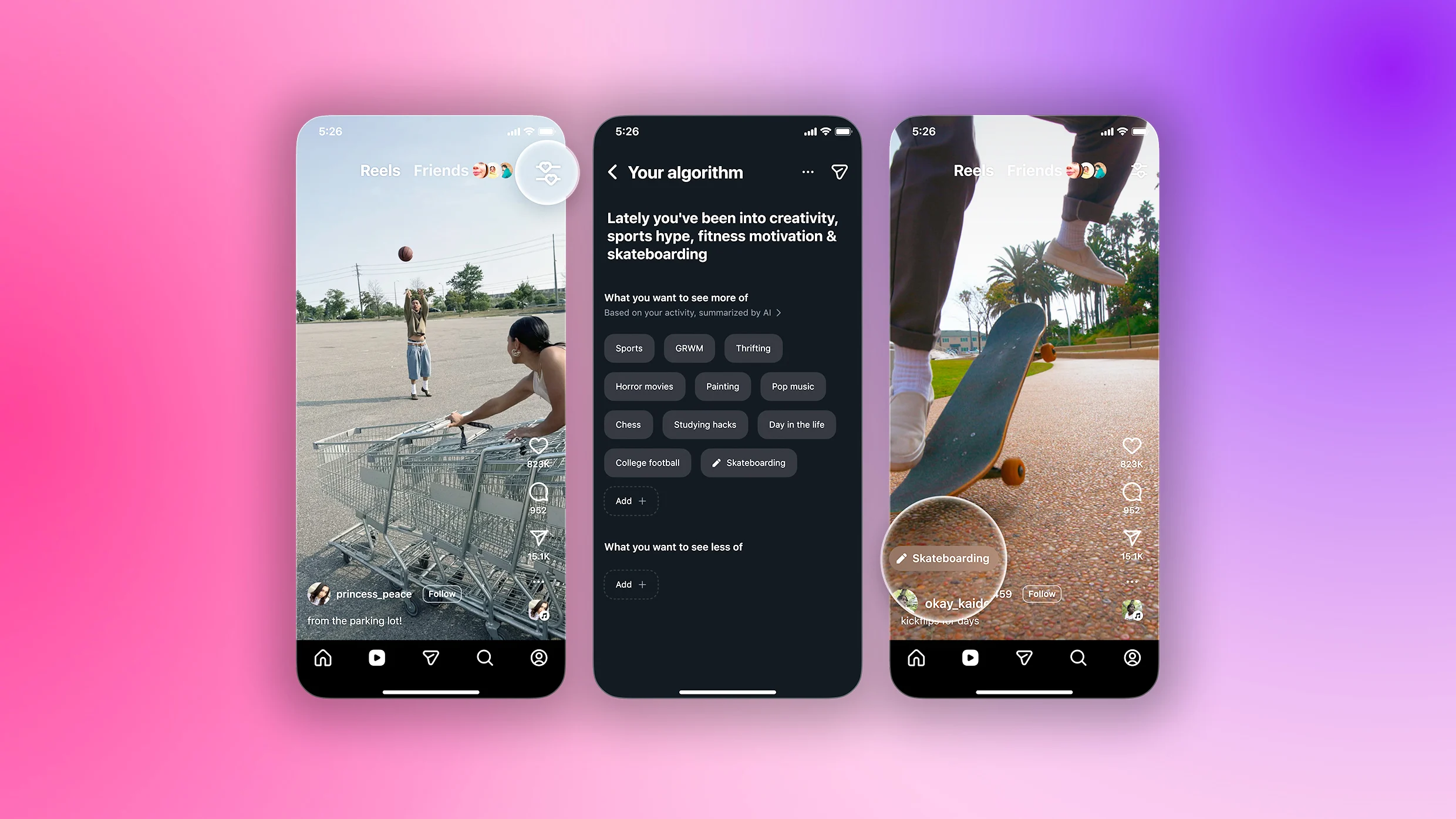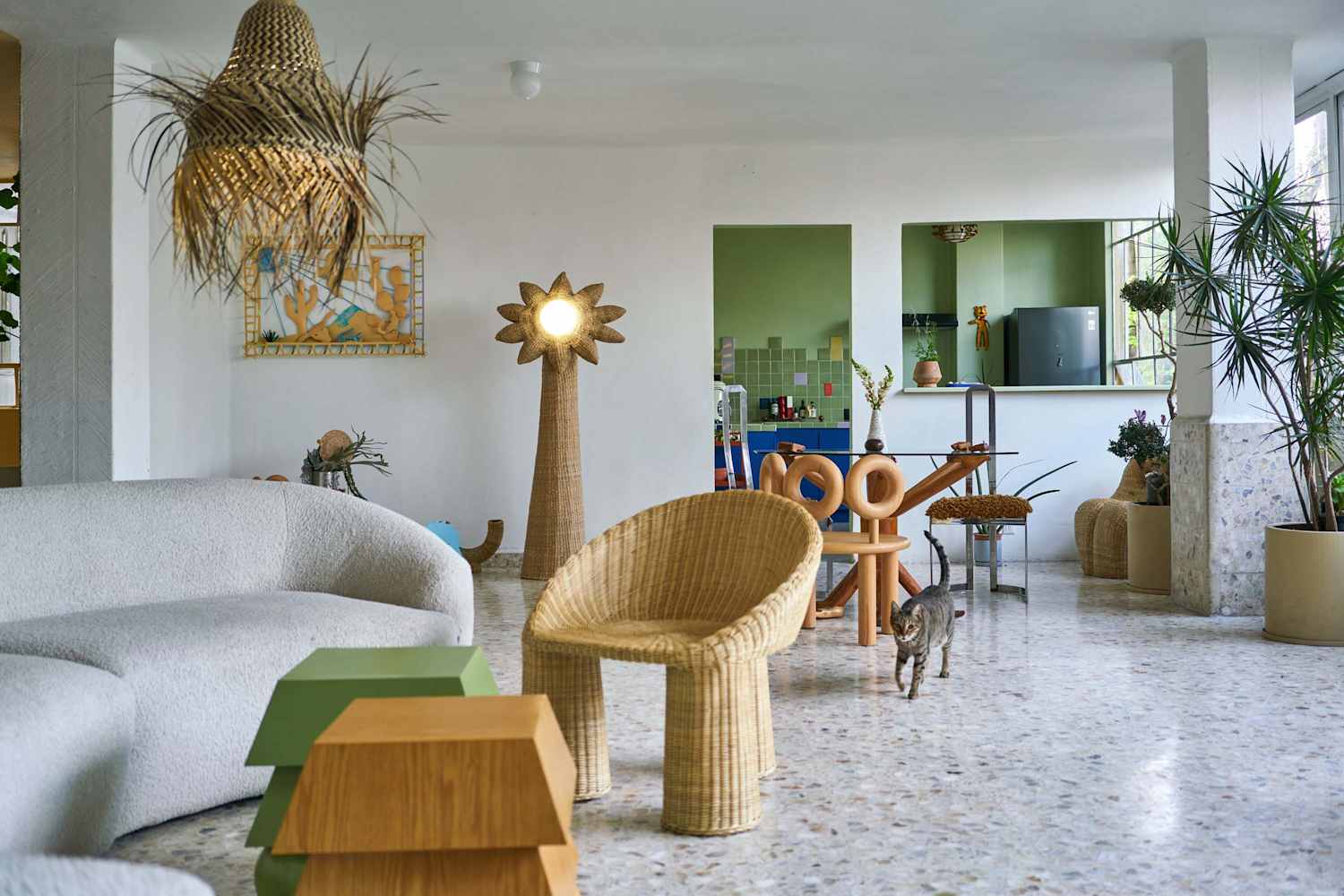fromTech Times
8 hours agoHow Recommendation Algorithms Shape What You Watch and Share: Streaming and Social Media Explained
For instance, when a user watches a romantic comedy on Netflix, the system identifies similar titles liked by others with comparable viewing habits. On Spotify, listening to a few indie tracks might prompt the algorithm to suggest playlists featuring similar artists. These systems continuously learn from user activity, refining their precision over time.
Artificial intelligence



































